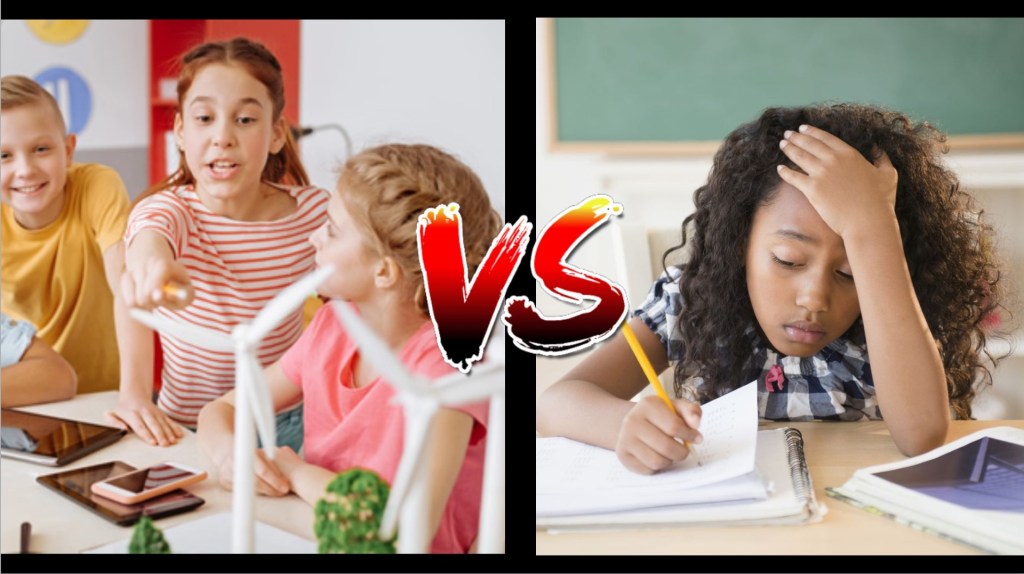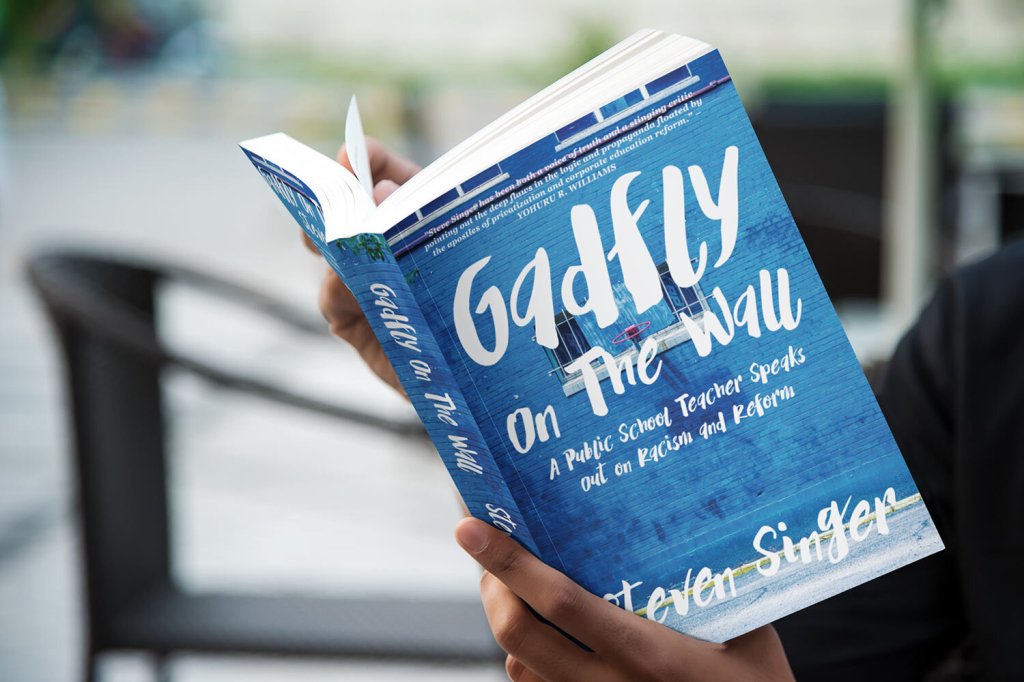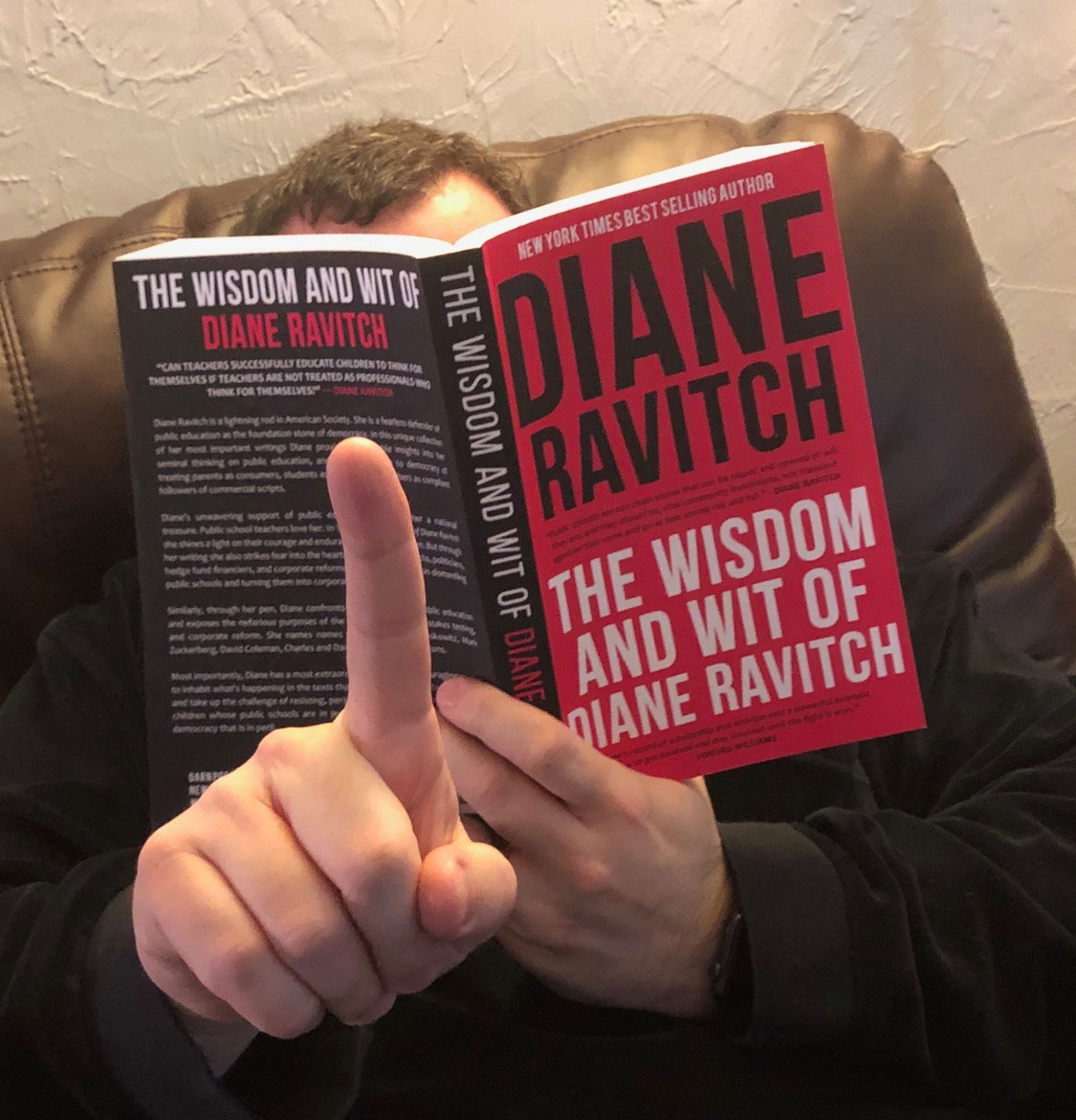
The class was silent.
Students were hunched over their desks writing on paper, looking in books, consulting planners.
I stood among them ready to help but surprised at the change that had overcome them.
Maybe 10 minutes before I had heard groans, complaints and the kind of whining you only get from students at the end of the year.
“Do we have to keep doing work!?”
“Can’t we just watch a movie!?”
“Ms. X- isn’t doing anything with her students!”
And then I dropped the bomb on them.
We had less than 3 weeks left in the school year. We had just finished our last text. In 8th grade that was “To Kill a Mockingbird” by Harper Lee. In 7th grade it was “Silent to the Bone” by E.L. Konigsburg.
Now was the time for the infamous final project.
Some kids asked me about it at the beginning of the year having heard about it from a brother or sister who had already graduated from my class.
“Mr. Singer,” they’d say, “Is it true you give a 1,000 point project at the end of the year?”
I’d laugh and ask who told them that, or if that sounded credible.
“Do you really think I’d give a 1,000 point project!?” I’d say in my most incredulous voice, and they’d usually laugh along with me.
But some of them still believed it.
That was nearly 9 months ago. Yet it all came flooding back when I passed out the assignment sheet.
In the world of education there are few truths more self-evident than this.
Projects are better than tests.
Just think about it for a minute.
On the one hand you have a project – an extended group of related assignments demonstrating learning and culminating in a product of some sort – a paper, a poster, a movie, a presentation or some mix of these.
On the other hand you have a test – a quick snapshot of skills taken out of context.
Which do you think is the better assessment?
Imagine a musician.
You could have her answers questions about notation, rhythm and theory…. Or you could just have her play music.
Which would best demonstrate that she can play?
It’s the same with other subjects.
Take a test on reading – or actually read.
Take a test on writing – or actually write.
Take a test on math – or actually….
You get the picture.
And so did my students.
I place a huge emphasis on writing in my English Language Arts classes. In 8th grade, my students have already written at least a dozen single paragraph and two multi-paragraph essays. So they’re pretty familiar with the format. I try to get them to internalize it so that it’s almost second nature.
So when the final project comes along, it’s really a culmination of everything we’ve done.
In Harper Lee’s book, there is the symbol of the mockingbird:
“Your father’s right,” she said. “Mockingbirds don’t do one thing but make music for us to enjoy. They don’t eat up people’s gardens, don’t nest in corncribs, they don’t do one thing but sing their hearts out for us. That’s why it’s a sin to kill a mockingbird.”
We already discussed how several characters in the book could count as mockingbirds – Tom Robinson, Atticus Finch, Boo Radley, etc.
So I have students write about mockingbirds in all of the texts we’ve read this year. That includes “The Outsiders” by S. E. Hinton, “The Diary of Anne Frank” and several short stories.
In 7th grade, we’re at a slightly different place.
At the end of the year, students have written nearly as many single paragraph essays but no multi-paragraph ones yet. I use the final project to introduce them to the concept and explain how it’s the culmination of what we’ve done before.
Students write about characters that they like from all the stories we’ve read throughout the year. These would be characters from texts as diverse as the one by Konigsburg, “The Giver” by Lois Lowery, “A Christmas Carol” by Charles Dickens and several short stories.
As projects go, it’s kind of narrow.
In the past, I’ve had students make movies together interviewing various characters from their texts. I’ve had them design posters extolling various aspects of the Civil Rights movement. I’ve had them design graphics explaining the difference between internal and external conflict.
But this is the end of the year – time to keep it simple.
There’s actually a lot of research supporting this kind of assessment.
Two separate studies were published by Lucas Education Research with Michigan State University (MSU), the University of Southern California (USC), and the University of Michigan. Researchers took either high school students or third graders and put them through a Project Based Learning (PBL) curriculum.
The high school experiment conducted by MSU and USC involved 6,000 students in science and humanities from 114 schools about half of which were from low-income households. Students who were taught Advanced Placement (AP) U.S. Government and Politics and AP Environmental Science with a PBL approach outperformed their peers on AP exams by 8 percentage points in the first year and were more likely to earn a passing score of 3 or above, giving them a chance to receive college credit. In the second year, the gap widened to 10 percentage points. One key finding of the study, which included large urban school districts, was that the higher scores were seen among both students of color and those from lower-income households.
The experiment with third-graders produced similar results. Students from a variety of backgrounds in PBL classrooms scored 8 percentage points higher than peers on a state science test. These results held regardless of a student’s reading level.
In some ways, this should be obvious.
When you put assessment in context it is more accurate. When you divorce it from its academic context (as you do with tests) it’s more abstract and less accurate.
The problem is one of time and ease of execution.
Put simply – tests are easy to give and grade. Projects are difficult.
Even designing a good project can take lots of trial and error. Tests are often prepackaged and easy to design – you just have questions clustered around whatever skills you were hoping students would learn.
It is very difficult for teachers to design entire courses with projects at every step of the way. Some might say it isn’t even desirable since such a course would probably not be able to cover as much material as traditional curriculum and it is generally preferable to use different modes of assessment in a single course. Let’s not forget that some students excel at tests and would suffer academically if the only kind of assessments were project based.
My personal philosophy is one of moderation. Use projects when you can and when appropriate – but not always. And if you’re going to test, a teacher created assessment is orders of magnitude more valuable than a standardized one.
And in terms of projects, the best is at the end. What better way to demonstrate the cumulative learning of a course than through a cumulative project?
After the initial anxiety of such a hefty project, my kids in both grades settle down pretty quickly and get to work. I think they find the project comfortable because they’ve been exposed to almost every part of it before. This just brings it all together under one project.
It’s the opposite of learned helplessness. Students already know they can do it. All they have to do is step up and get it done.
That’s also why I make the project worth such a huge amount of points.
I already double points for the last grading period. Doing that and having such a hefty final project sends the message to kids that they can’t slack off now. The work they do in the closing days of school will have an outsized impact on their grade. If kids care at all about that – and most still do in middle school – they’ll make the effort.
It also helps fill the last few days and weeks with a focus on process. Nothing has to be memorized. Nothing is beyond anyone’s ability. We’re going to work together – each student and me – to make sure the final project gets done.
Usually they accomplish it with flying colors.
It’s something they often remember and pass on in legend to their younger siblings who bring it up in hushed tones when they enter my classroom for the first time.
Like this post? You might want to consider becoming a Patreon subscriber. This helps me continue to keep the blog going and get on with this difficult and challenging work.
Plus you get subscriber only extras!
Just CLICK HERE.

I’ve also written a book, “Gadfly on the Wall: A Public School Teacher Speaks Out on Racism and Reform,” now available from Garn Press. Ten percent of the proceeds go to the Badass Teachers Association. Check it out!

























